Rob Hardcastle is a recreational badminton player in Scotland but also a reporter and photographer. He recently travelled to Malaysia, where he experienced a drastic change in playing the game. He shares with us his journey in the “land of badminton”, also known – to some of our luckier readers – as home.
Dr. Wong shifts to the left of the court and smashes the shuttle over the net with barely a movement of his arm, everything slowing down for a split second, the opposition players temporarily operating in a different time zone, a mosquito in the rafters delaying its insanitary mission in order to admire this display of elegance, a drop of sweat falling from my own forehead as I sit on the sidelines and watch in perspiring awe…
Sure enough, Dr. Wong has once again eluded his opponents, on this occasion boys 30 years his junior.
I have recently arrived in Malaysia from Scotland and am experiencing what can only be described as an extreme change of scenery. Both on and off the court.
Before arriving in Kuala Lumpur I had searched for badminton clubs so that I could get into the swing of things quickly. So on a hot and humid Monday in KL (is there any other kind of Monday here?) I arrived at my first group meet. Held in a primary school gymnasium it was quite a contrast to the places I had played in back home. With the heat and humidity (“a free sauna” quipped one of the group) and the absolute relentlessness of play, I felt it was time to make a fool of myself, and I succeeded in doing just that.
My training really began that evening with the local players pointing out fundamental mistakes in my game. For instance “stand more central or you will run around too much.” or “stand facing forward as it will give you more options to defend with.” Funny how some things are only obvious when they are pointed out to you.
I had always noticed the strong technique displayed by a Malaysian friend that I played with in Scotland but, until this point, had not been able to pin down the aspects of his game that made him so formidable an opponent (I was too busy running around the court like a man escaping from a swarm of psychotic bees).
Once the word had got out that I was looking to play I started to get information of groups playing everywhere. I began to notice people on the street, their racquets slung in bags over their shoulders, on missions to subject themselves to hours of intense play. It became very obvious that this sport was almost a way of life here.
One of the problems that the sport faces in the UK is that of coverage; rarely played in schools (losing out to football and rugby) and never on the television. It doesn’t help that there is still a large part of the population that associates badminton with pleasant summer evenings in the garden, the shuttle launching high in the air and gently floating back down to earth, in which time one could take a sip of lemonade and exchange pleasantries with a neighbour before gently launching the shuttle skywards once more. A world apart from the super fast, intense modern game crafted in the East.
So back then to Dr. Stan Wong: a 55-year-old former state player, his display had reminded me of what first attracted me to the sport of badminton. Go back a couple of years and I had been looking for a new thing to take up. I had recently retired from cladding myself in body armour and throwing myself off mountain tops (referred to in the popular press as Downhill Mountain Biking) and was looking for a sport more befitting a man seeking to keep his life expectancy set to a decent level.
So I approached my father, I knew he played regularly. We booked a court and that was it. What struck me the most, as shuttle after shuttle swished past my hopeless racquet, was the elegance of it. He was barely moving and was able to defend my pathetic shots easily and return them with speed; I made some strange comparison in my head at the time to sword fighting, a man deflecting attacks. Yes, sword fighting without the bloodshed, perfect. Thankfully, the only thing leaking from me that day was sweat and pride.
Reflexes, technique and timing seemed to be key and as both my father that day and Dr. Wong a couple of years later had so aptly demonstrated, you didn’t have to be under 25 to be competitive at this game.
The last time that I played Wong was watching by the sidelines. I was playing especially badly. I finished the game and he called me over. The conversation went a little like this:
Wong: “Rob, how do you hold your racket?”
Me: “like this”
Wong: “How would you cut a piece of wood with a knife?”
Me: “like this…”
Wong: “so you’re left handed? …but you play with your right hand?”
Me: “yes”
Wong: “Ah, so you have a problem then…”
It seems I have a long way to go if I’m ever going to play to the standard of Stan Wong but at least with this sport time is not against me. I should certainly return to Scotland a better player (albeit a colder one).
Special thanks to Simon Kong.
© Rob Hardcastle 2010. All Rights Reserved
![FEATURE – From West to East: a Badminton Journey Rob Hardcastle is a recreational badminton player in Scotland but also a reporter and photographer. He recently travelled to Malaysia, where he experienced a drastic change in playing the game. […]](https://www.badzine.net/wp-content/uploads/Newsflash-thumbnail.png)
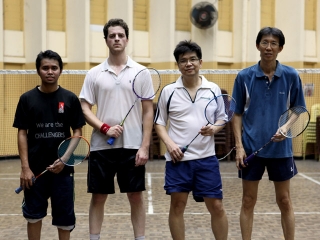
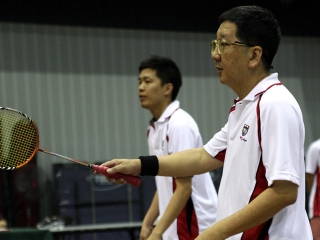
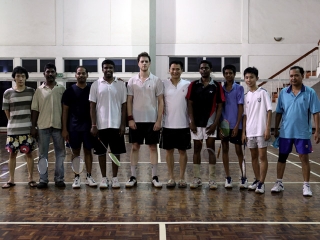
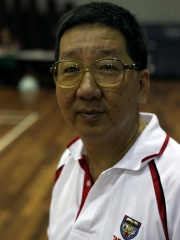
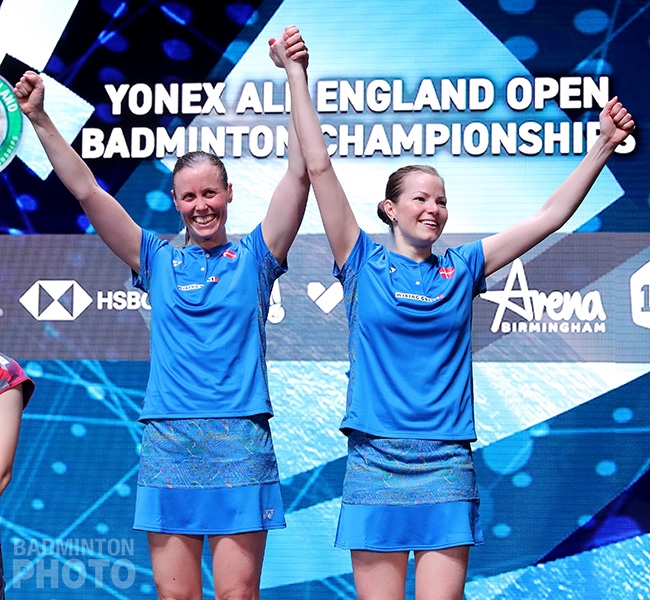

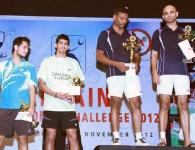
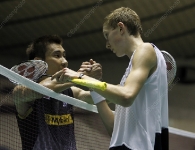
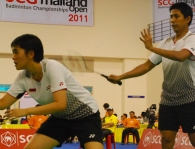
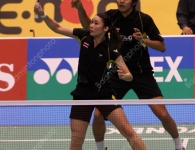
Leave a Reply